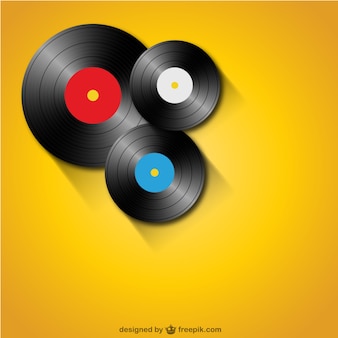Free Record Scratch Sample Download


Feb 28, 2011. Elopez29 at 3:34: scratches. Posted 3 months ago3 months ago. Reply Mazari (DnB) at 0:37: are these samples royalty free? Posted 3 months ago3 months ago. Reply avalancheeditzgod at 1:11: THX A LOT. Posted 7 months ago7 months ago. Reply G Metcalfe at 2:37: where can i download this from. Download free loops and audio samples: DRUM LOOPS and BREAKS/turntables and scratching/. 5+ Sample Taxi Receipt Templates - Free Sample, Example Format. Receipt Template – 90+ Free Printable Word, Excel, PDF Format. Blank Receipt Template –. Oct 1, 2016 - 6 min - Uploaded by Free Stock Footage ArchiveDJ Record: Free Vinyl Scratch Sounds - Needle Scratching Sound Effect Info: http://www.
Open the description [click 'show more'] for info! ----------- Thanks for viewing! Make sure to check out my channel for more HD sounds effects uploaded frequently!
If you like what you see, Subscribe!
The DJ on the right is scratching. Scratching, sometimes referred to as scrubbing, is a and technique used to produce distinctive percussive or rhythmic and by moving a back and forth on a while optionally manipulating the on a.
While scratching is most commonly associated with, where it emerged in the mid-1970s, it has been used in the 1990s and 2000s in some styles of, and. Within hip hop culture, scratching is one of the measures of a DJ's skills. DJs compete in scratching competitions at the and IDA (International DJ Association, formerly known as ITF (International Federation).
At scratching competitions, DJs can use only scratch-oriented gear (turntables, DJ mixer, digital vinyl systems or vinyl records only). In recorded hip hop songs, scratched often use portions of other songs. Contents • • • • • • • • • • • • • • History [ ] Precursors [ ] A rudimentary form of turntable manipulation which is related to scratching was developed in the late 1940s radio DJs (music program hosts) or the radio program producers who did their own technical operation as operators. It was known as back-cueing, and was used to find the (i.e., the cue point) on a vinyl record groove. This was done to permit the operator to back the disc up (rotate the record or the turntable platter itself counter-clockwise) in order to permit the turntable to be switched on, and come up to full speed without ruining the first few bars of music with the 'wow' of incorrect, unnaturally slow-speed playing.
This permitted the announcer to time her or his remarks and start the turntable a scant moment before she or he actually wanted the music on the record to begin. Back cueing was a basic skill that all radio production staff needed to learn, and the dynamics of it were unique to the brand of professional turntable in use at a given radio station. The older, larger and heavier turntables needed a 180 degree backward rotation to allow for run up to full speed; some of the newer 1950s models used aluminum platters and cloth-backed rubber mats which required a third of a rotational turn or less to achieve full speed when the song began.
All this was done in order to present a music show on air with the least amount of silence ('dead air') between music, the announcer's patter and recorded advertising commercials. The rationale was that any 'dead air' on a radio station was likely to prompt a listener to switch stations, so announcers and program directors instructed DJs and announcers to provide a continuous, seamless stream of sound–from music to an announcer to a pre-recorded commercial, to a 'jingle' (radio station theme song), and then immediately back to more music. Back-cueing was a key function in delivering this seamless stream of music. Radio personnel demanded robust equipment and manufacturers developed special tonearms, styli, cartridges and lightweight turntables to meet these demands. Turntablism [ ]. In the early 1970s in the South Bronx, a young teen DJ named 'Grand Wizzard Theodore' (right) invented the 'DJ scratch' technique. Software Requirements Pdf Karl Wiegers there. Other DJs, like Grandmaster Flash, took the technique to higher levels.